Want to read in Dutch? Click here
Recently, I interviewed Jeffrey Koerhuis, a young man who works in historical uniforms and is also an avid collector. His collection mainly focuses on old PTT (the company previously responsible for all mail in the Netherlands) stuff, including uniforms and accessories. In this article, I show you some PTT caps from his collection: from 1878 to 2002. And share the story behind them.
1878 – 1929
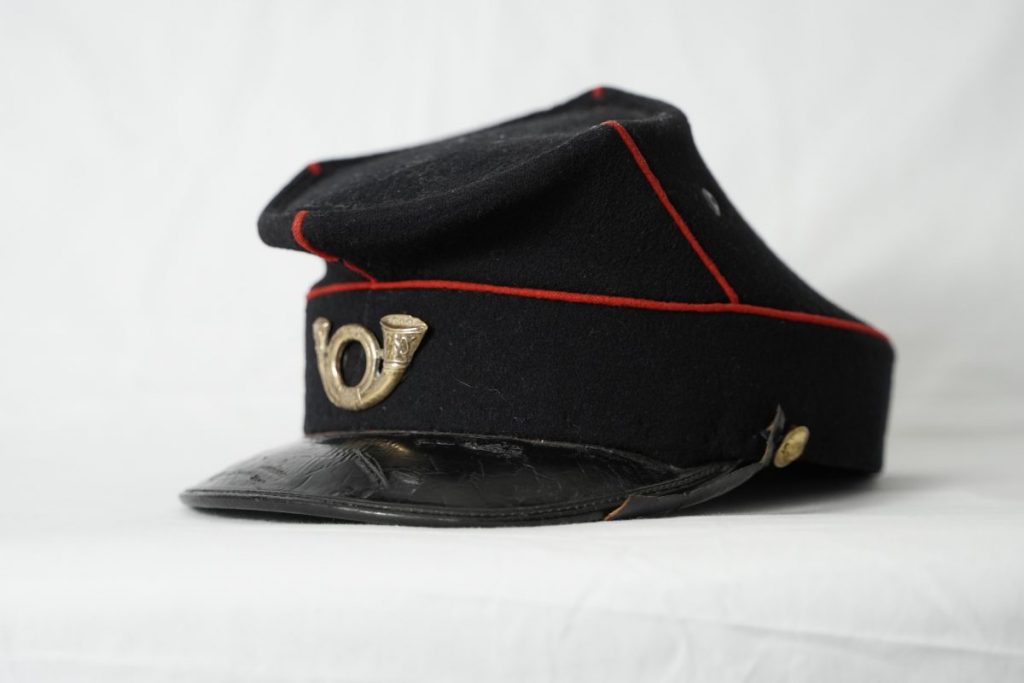
The originally French headgear is called a kepi. The post horn emblem indicated the wearer was working for or from a post office. Wearing the kepi was obligatory.
1909-1929
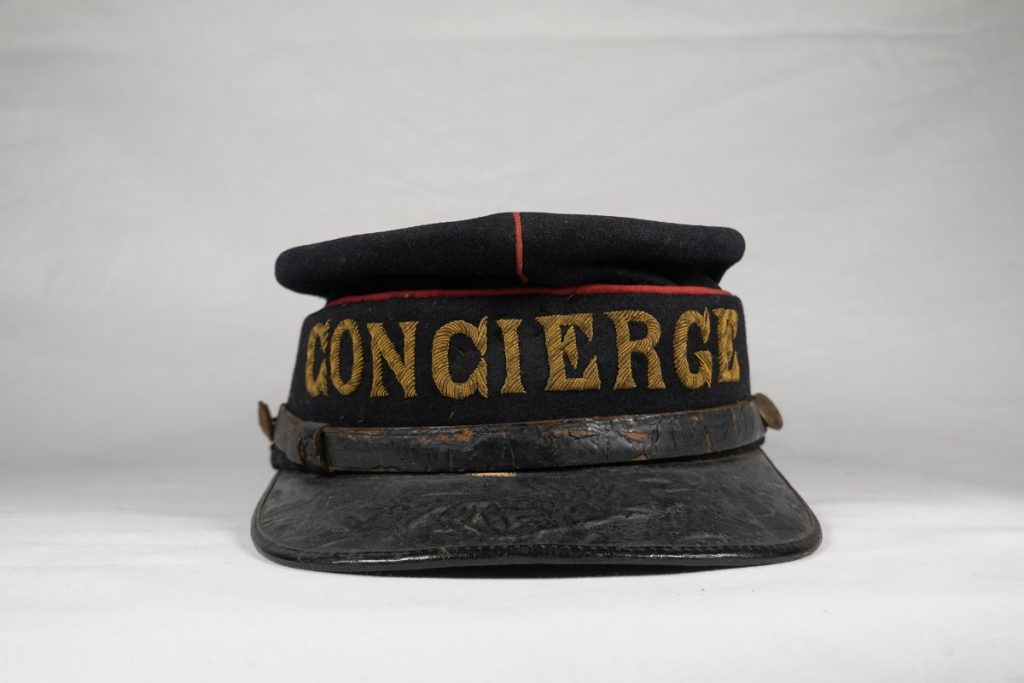
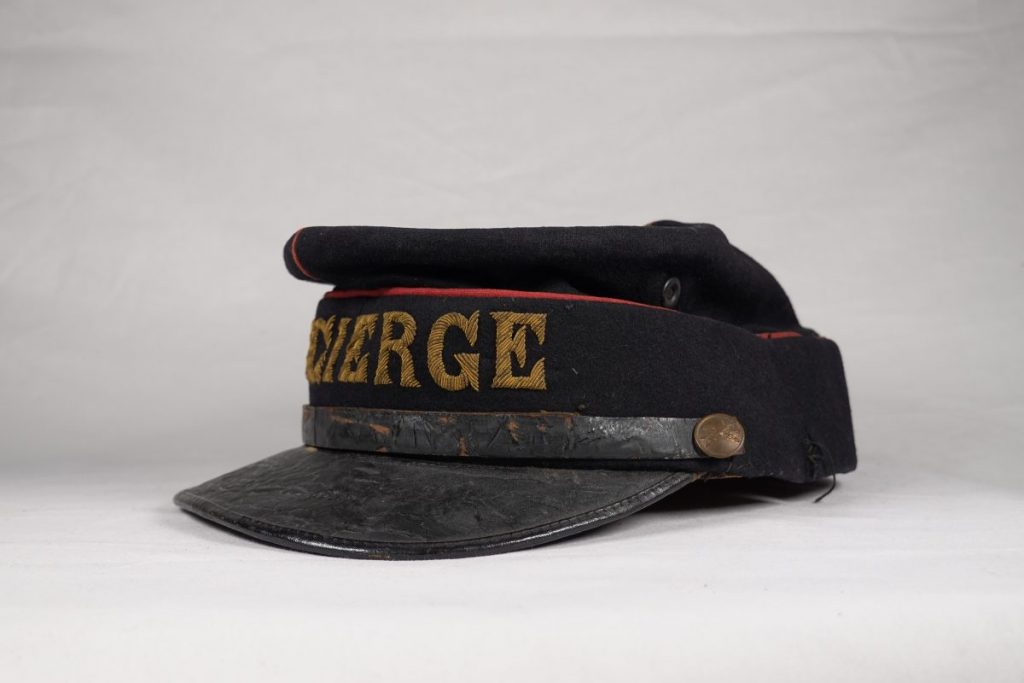
In the photos above you see a very rare kepi; that of the concierge of a telegraph office. Besides post offices, there were two other offices: the telegraph office and the post and telegraph office. Because telegraph offices were rare and clothing wore out quickly, little remains from this time. The kepi in the photo is the only one in the Netherlands.
1929 – 1936
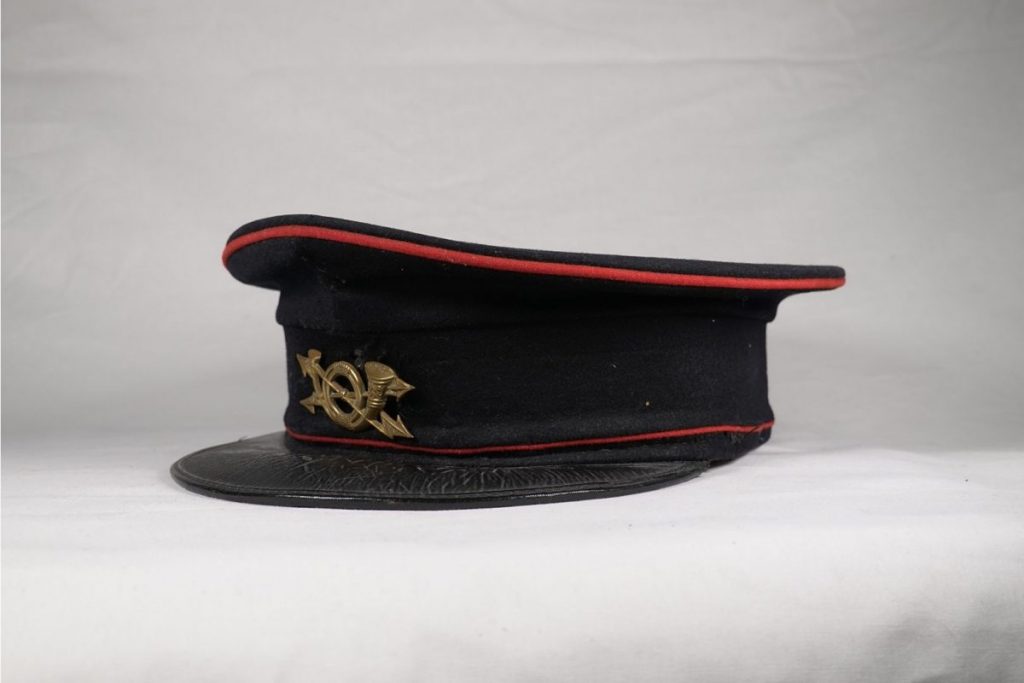
From 1925 on, the postal authorities started experimenting with flat caps. They introduced these around 1929.
Above you can see one of the first models that PTT (this name originated in 1928) put into use. The post horn emblem, combined with a lightning bolt on this cap, showed the carrier worked at a post and telegraph office. The employees of a telegraph office (including telegram delivery people) had an emblem with only a lightning bolt.
1932-1936
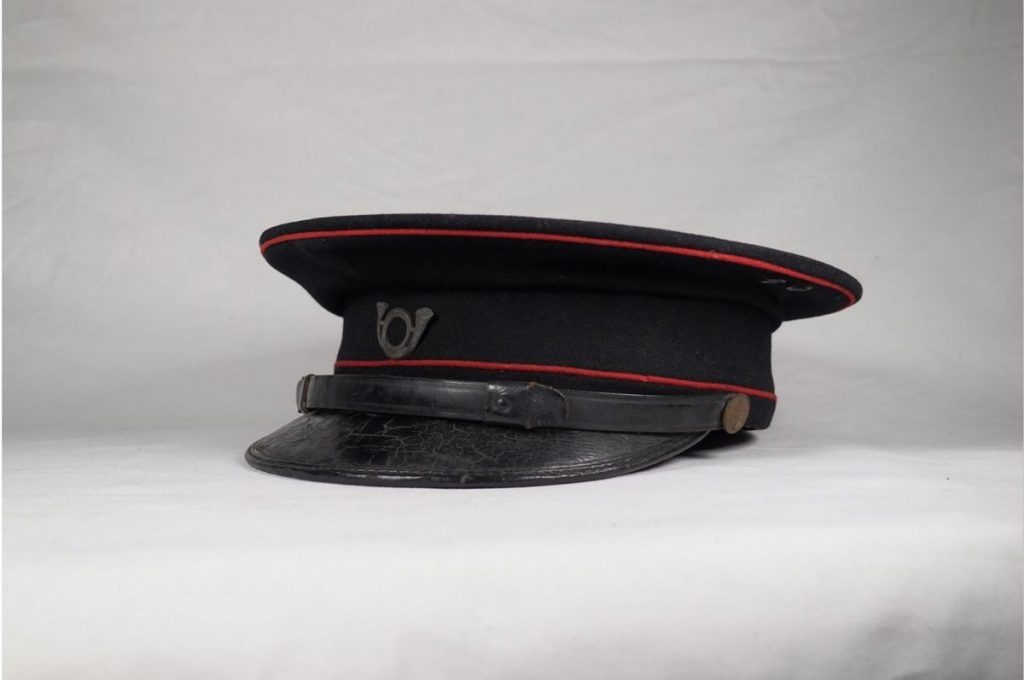
1936-1939
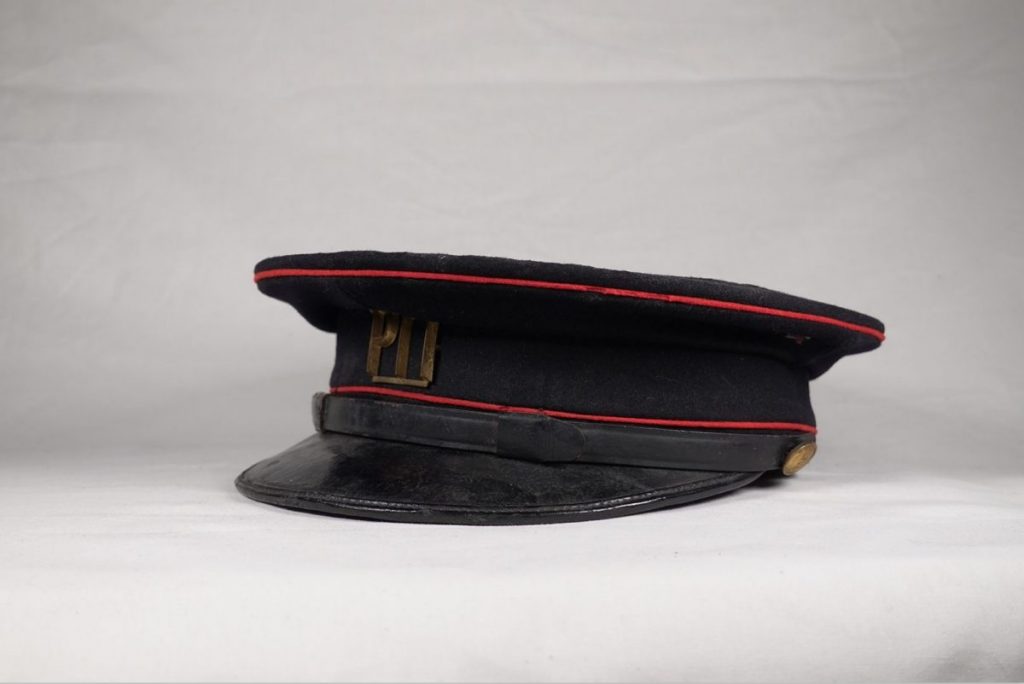
1939-1949
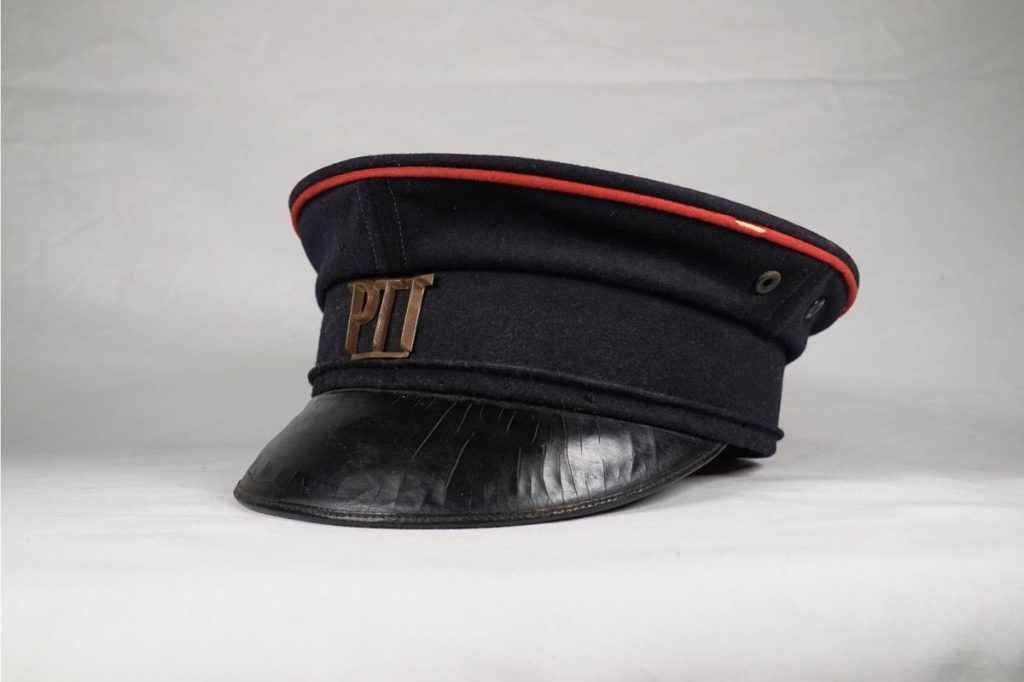
From the late 1930s, they introduced a new model of cap. Similar models were also used at the time by, amongst others, the Dutch Railways and many bus companies.
1951- 1970

Berets were worn throughout the 1950s, 1960s, and 1970s. These were especially for female mail carriers, mail carriers in training, and telegram deliverers.
1949-1957

After the Second World War, the caps changed model. The brim turned up and you could see from the golden edge which class the postman (the official name is ‘deliverer’) delivered. With the cap above, it was first class.
1949-1957
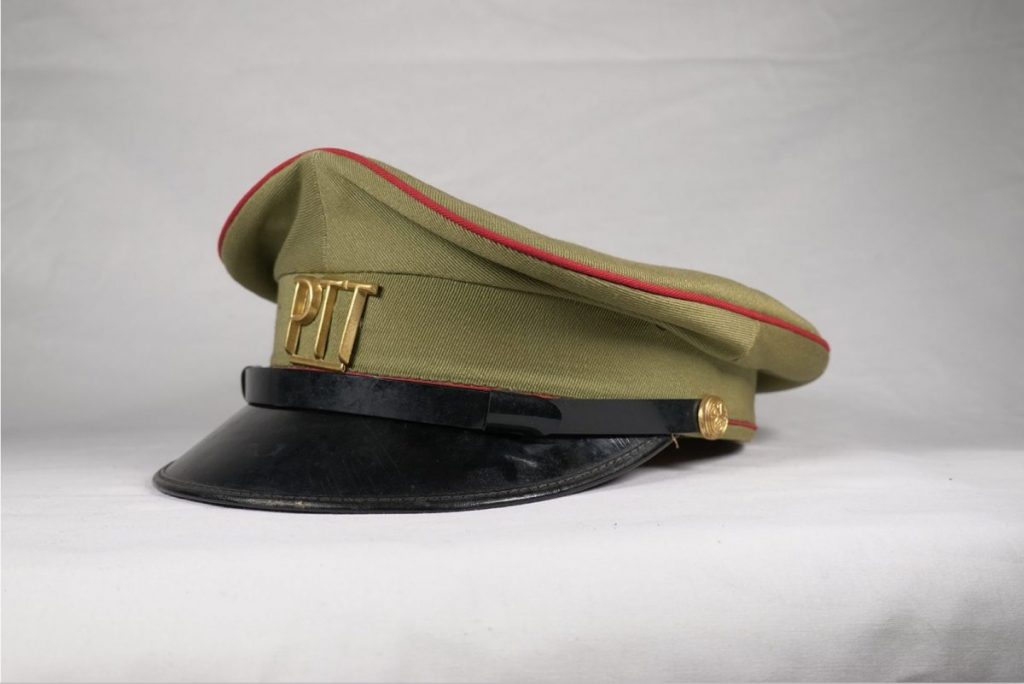
This green cap was part of the summer uniform. From 1921, PTT distinguished between a summer and a winter uniform. The winter uniform was made of a black woolen fabric (until 1970) and the summer uniform of green cotton (until 1964).
1957-1964

In the 1950s, caps became simpler, smoother, and cheaper.
1964-1982
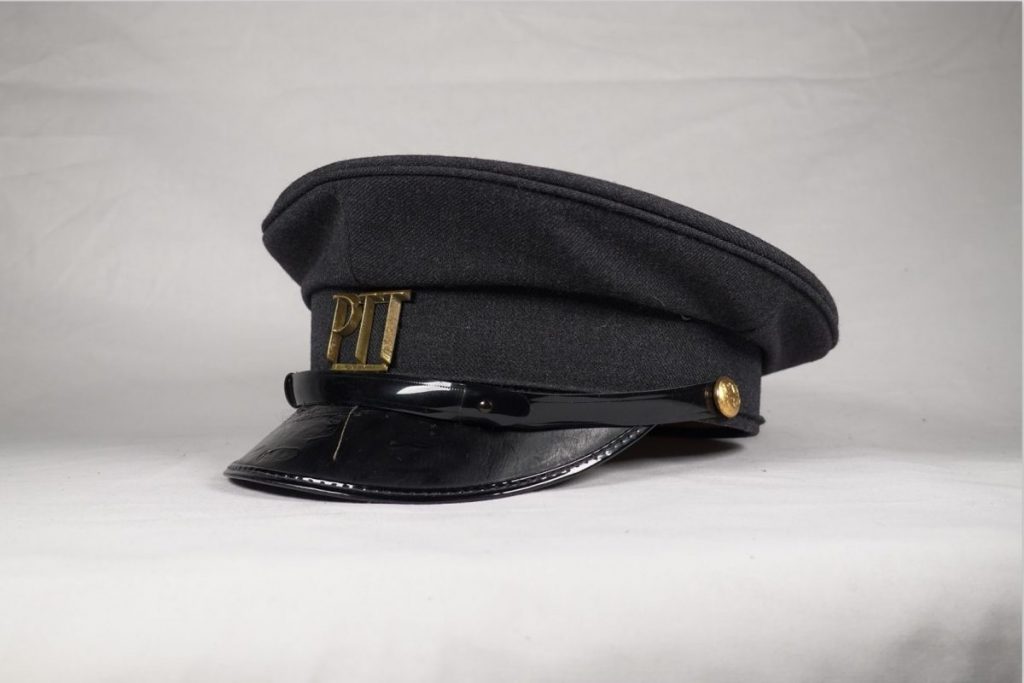
From 1964 they exchanged the green summer uniforms for gray models, a little later the winter uniforms got the same makeover. They also changed the caps to gray and for the first time, the caps were made of artificial fabrics such as viscose and polyester.
1964-1982
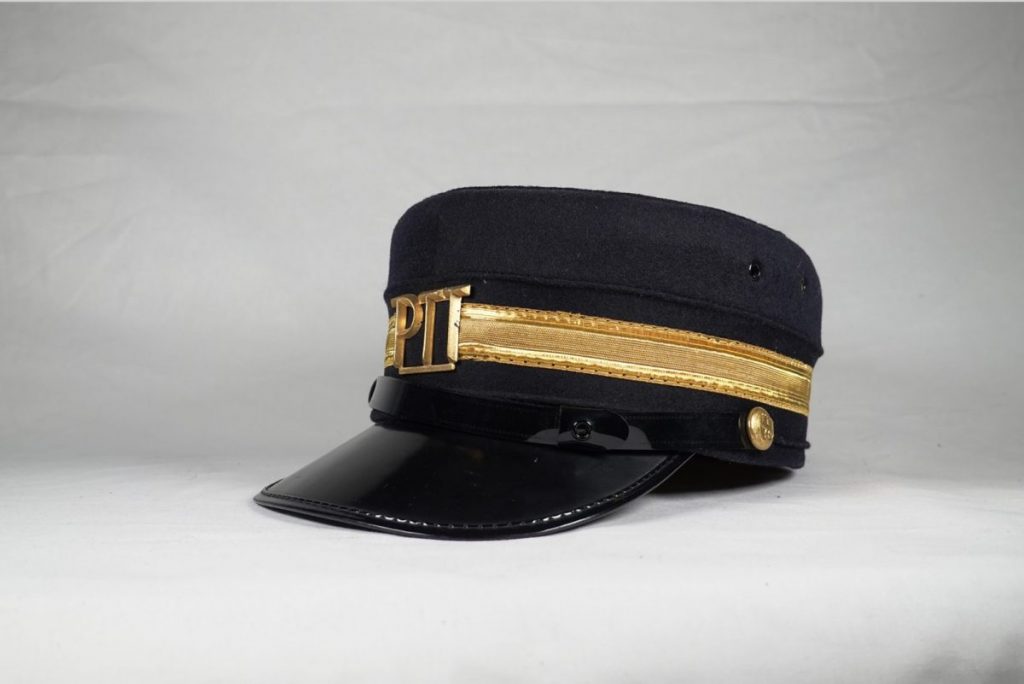
Because both the postmen and the telephony employees found the caps awkward and too static, the obligation to wear them was lifted in 1973. From that moment on, wearing it was optional.
Skipper caps were worn between 1982 and 1995. Because these are still missing from Jeffrey’s collection, I have no pictures of them.
1995 -1999

From 1995, PTT switched to the baseball cap.
1999-2002

In 2002, they changed the name from PTT to TPG and then to TNT before the current name PostNL. The names have changed over the years, but the caps have remained the same in style.
Would you like to know more about (the work of) Jeffrey? Check out his YouTube channel, website or follow him on LinkedIn.
Greetings,
Aileen
